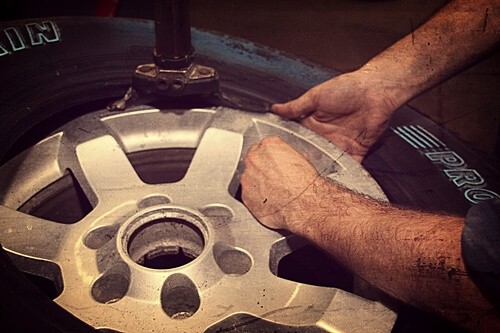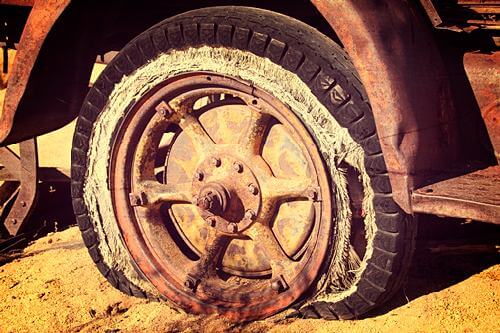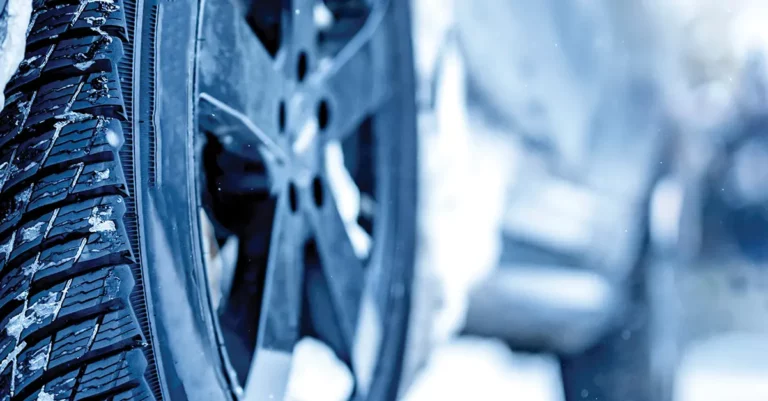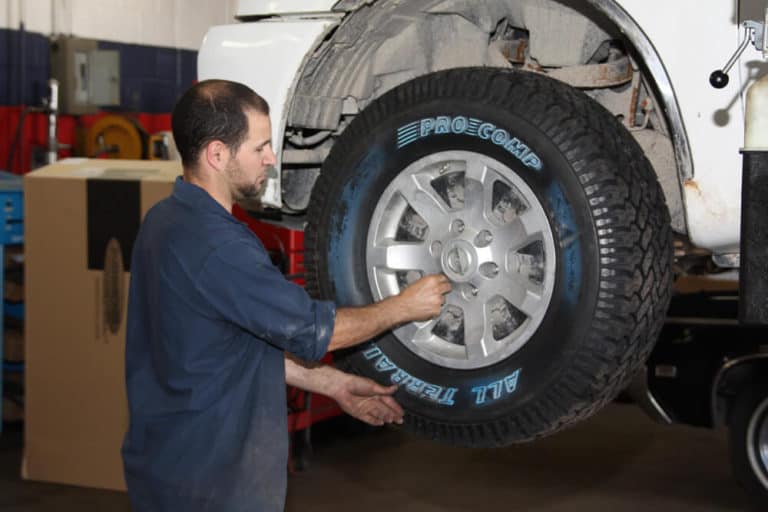How Long Do Tires Last? Everything You Need to Know About Summer Tire Lifespan
Imagine this: It’s a sunny summer day, and you’re cruising along in your car, enjoying the warm breeze and the freedom of the open road. As you navigate through the twists and turns, you can’t help but feel the exhilaration of the moment.
But have you ever stopped to think about what keeps you connected to the road during these thrilling summer drives? That’s right, your tires. They are the unsung heroes, providing the traction and control you need to stay safe on your summer time adventures.
Summer tires are specifically designed to handle the challenges of hot weather conditions, offering superior performance and grip. But just like any other part of your vehicle, they have a lifespan, and it’s crucial to understand how to maximize their longevity.
In this article, we will look into the lifespan of summer tires and provide you with essential tips to prolong their life. You will discover the factors that affect tire wear in the summer, learn about tire maintenance to ensure optimal performance in hot weather to understand how to choose the right set of tires for the season.
So buckle up and get ready to learn everything you need to know about summer tire durability. By the end, you’ll be equipped with the knowledge to increase your summer tire longevity and make the most of your thrilling summer drives.
Understanding Tire Wear in the Summer
The condition of your tires plays a crucial role in ensuring safety and performance. Understanding tire wear in the summer is essential for maximizing the lifespan of your tires and maintaining optimal driving conditions. Let’s look into the factors that affect tire wear in the summer season. By exploring the importance of tire tread, the differences between summer and winter tires, and the significance of driving habits and maintenance, you will gain valuable insights into maximizing the longevity of your tires.
The Importance of Tire Treadwear
Tire tread is one of the key factors that determines how long your tires will last. The treads on your car tires provide traction and control, especially in wet road conditions. Over time, tire tread can wear down, compromising the grip and safety of your vehicle. By regularly checking the tread depth and ensuring it meets the recommended levels, you can extend the life of your tires and enhance your driving experience.

Differences Between Summer and Winter Tires
Understanding the differences between summer and winter tires is crucial to maintaining the longevity of your tires. Summer tires are designed to deliver optimal performance in hot temperatures, offering improved handling and traction on dry roads. Winter tires, on the other hand, are engineered to provide better grip and control in cold, snowy, and icy conditions. By using the appropriate tires for each season, you can maximize tire lifespan and enhance safety on the road.
The Significance of Driving Habits and Maintenance
Driving habits and proper maintenance also greatly influence tire wear in the summer. Aggressive driving, such as hard cornering and quick acceleration, can cause tires to wear more rapidly. It is important to drive responsibly and avoid sudden braking or quick maneuvers. Regular maintenance, including checking tire pressure, rotating tires, and aligning your vehicle, can also help prolong the lifespan of your tires. Additionally, following the guidelines provided by tire manufacturers and understanding warranty terms can contribute to maintaining optimal tire performance.
By understanding tire wear in the summer and implementing these tips, you can maximize the lifespan of your tires and ensure safer driving conditions. Moving forward, we will provide you with practical tips for increasing the longevity of your summer tires, including traction in varying weather conditions, the importance of tire tread depth, and when to replace your tires based on different factors.
Tips for Maximizing Summer Tire Lifespan
When it comes to getting the most out of your summer tires, proper maintenance and understanding key factors can significantly extend their lifespan. Here are some practical tips to ensure that your tires remain in top condition:
- Traction and Control: Hot weather conditions can affect traction and control. To maximize safety, choose summer tires that offer excellent grip on dry and wet surfaces. High-performance tires are designed to provide superior traction in such conditions.
- Sidewall and Rubber Compound: Pay attention to the sidewall and rubber compound of your summer tires. These factors contribute to their durability and performance. Opt for tires with a resilient sidewall and a rubber compound suitable for warm-weather conditions.
- Tire Tread Depth: It’s important to regularly check the tread depth of your summer tires. As a general rule, a tread depth of 4/32 inches or more is considered safe for summer driving. If the tread depth falls below this threshold, it’s time to replace your tires for optimal performance.
- Know the Lifespan: While the lifespan of tires can vary depending on various factors, including driving habits and weather conditions, on average, summer tires can last between 25,000 and 50,000 kilometers. Keep track of the mileage to determine when you may need to replace them.
- Choose the Right Set: Selecting the right set of tires for the season is crucial. Summer tires are specifically designed for warm weather conditions, providing the best performance during this time. Avoid using summer tires in the winter, as they are not suitable for cold temperatures and can wear out quickly.
- Maintenance Practices: Proper maintenance is key to extending the lifespan of your summer tires. Regularly check tire pressure and ensure it is within the manufacturer’s recommended range. Inspect the tires for any signs of damage or uneven wear. Rotate your tires according to the manufacturer’s guidelines to ensure even tread wear.
- All-Terrain Tires: If you live in an area where summer weather conditions can vary, consider all-terrain tires that offer versatile performance. These tires are designed to provide traction and control on both paved roads and light off-road terrain.
- Visit a Tire Shop: If you are unsure about the condition of your summer tires or need expert advice, visit a reputable tire shop. They can assess the tread wear, tire pressure, and overall condition of your tires to determine if they need to be replaced or if any maintenance is necessary.
By following these tips, you can maximize the lifespan of your summer tires, ensure optimal performance, and enhance the safety of your driving experience in hot weather conditions.
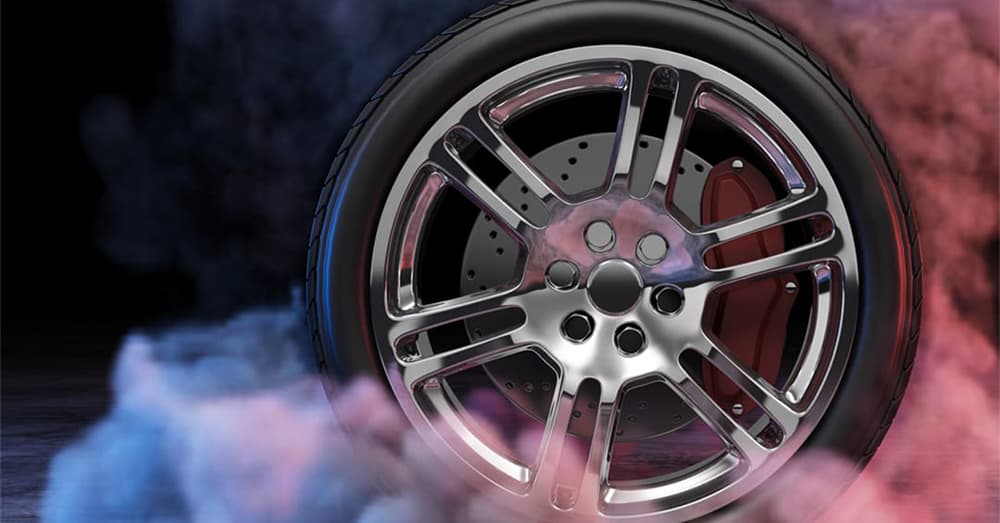
Conclusion
To maximize the lifespan of your tires, it is crucial to consider the road conditions you typically encounter and choose the right type of tire for your needs. Whether you opt for all-season tires designed to provide traction and control in various weather conditions or specialized tires for specific purposes, such as high-performance or directional tires, selecting the right tire can significantly extend their life.
Proper tire maintenance is also essential for longevity. Regularly check your tire pressure and ensure it is in line with the recommended specifications provided by your car manufacturer or the Department of Transportation. Maintaining adequate air pressure not only helps in increasing the tread life but also reduces the risk of sudden braking or acceleration, which can cause misalignment and wear tires more rapidly.
Another critical factor in tire longevity is monitoring the tread wear indicators. These indicators are designed to let you know when your tires should be replaced. As the tread depth reaches a certain point, it signifies that the tire’s ability to provide proper traction is compromised. Remember to divide the number of miles you typically drive in a year by the expected lifespan of your tires to have a quick and easy way of assessing when replacements are necessary based on your driving style and conditions.
By following these tips and being mindful of your driving habits, you can ensure that your tires last for many years of service. Make timely replacements when needed, and prioritize the safety of yourself and other road users. With proper care and maintenance, your tires will provide excellent performance and longevity, giving you peace of mind on the road.
Frequently Asked Questions
How long do tires last?
The lifespan of summer tires can vary depending on several factors, such as driving habits, road conditions, and tire maintenance. On average, tires may last anywhere from 25,000 to 50,000 kilometers.
What affects tire wear in the summer?
Tire wear in summer can be influenced by factors such as tread depth, the type of tire (summer vs. winter), driving habits, and proper maintenance.
How can I maximize the lifespan of my summer tires?
To prolong the lifespan of your summer tires, it is essential to maintain proper traction and control, regularly check the tire pressure, rotate the tires, and replace them when the tread depth reaches around 2/32 of an inch. It is also important to choose tires designed for specific weather conditions and consider the type of driving you do.
When should I replace my summer tires?
Summer tires should be replaced when the tread depth reaches around 2/32 of an inch. You can use a tread depth gauge or the “penny test” to quickly and easily assess whether your tires need to be replaced. If you can see the top of Lincoln’s head on a penny when it’s inserted into the tread, it’s time for new tires.
What are some common causes of accelerated tire wear in the summer?
Aggressive driving, sudden braking, quick acceleration, and hard cornering can all cause tires to wear more rapidly. Additionally, driving in wet road conditions and not maintaining proper air pressure can also affect tire wear.
What are some tips for maintaining optimal tire performance in hot weather?
Some tips for maintaining optimal tire performance in hot weather include checking tire pressure regularly, avoiding overloading your vehicle, and ensuring that your tires are properly aligned. It’s also important to inspect the tread wear indicators and follow guidelines provided by the Department of Transportation for safe driving practices.




